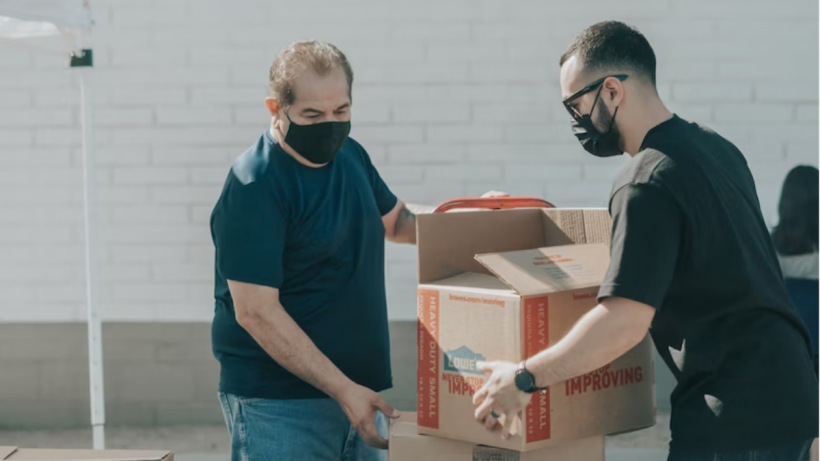We’ve all been there. In a hurry to get things done and rather than doing things slowly or waiting for the right piece of equipment to help you, you lift some heavy items and move them to where they need to be.
While that may work for your six bags of groceries at home, the opposite is true when you choose to move heavy items without using the correct equipment hire in the workplace.
What is Manual Handling?
Simply put, manual handling refers to a person (or team of people) moving objects from point A to point B. This involves picking up, pushing or pulling objects, carrying and even putting said objects down.
Essentially, manual handling may not seem like such a big deal to you because, after all, we all move things around every day. However, the risk comes in when objects are too heavy or they’re handled in a manner that leads to immediate or eventual personal injury.
Manual Handling Injuries—More Common Than You Think
Recent studies have shown that injuries due to manual handling are more common in the Australian workplace than you might think. In fact, 24.2% of the total injuries experienced in various types of workplace environments were related to manual handling job functions.
While that in itself may not seem like a huge amount, keep in mind that many injuries are unreported because the employees only have mild pain. Years later, they may find themselves suffering from conditions such as hernias and chronic back pain, which may have stemmed from a period of manual handling.
So, in reality, manual handling injuries definitely happen more frequently than you may think. We’ve compiled a list of the more common ones to consider.
1. Musculoskeletal Disorders
Essentially, musculoskeletal disorders, or MSDs, refer to any injury, disorder or damage to joints or tissues in these areas:
- Shoulders
- Neck
- Arms
- Wrists
- Hips
- Legs
Musculoskeletal disorders present themselves as a range of symptoms that develop over time usually because of continuous repetitive lifting. This leads to joint pain, stiffness or spinal damage.
2. Back Injuries
One of the most common injuries sustained in the workplace is without a doubt back-related. Whether or not you have a good lifting technique, you are still at risk of poor posture causing long-term damage to your spine.
It’s for this reason that reputable companies all across Australia always invest in a wide range of hoisting mechanisms such as a hydraulic lift table, scissor lift hire to take care of all the heavy lifting. Having the correct equipment in place will go a long way toward avoiding spine injuries.
3. Slip and Fall Injuries
Slip and fall injuries can indeed happen whether or not you’re carrying a manual load or not. However, the reality is that carrying a few heavy boxes puts you more at risk of having an accident.
Keep in mind that if you or your employees are carrying boxes or bags above eye level, visibility is blocked. This means it’s harder to see obstacles on the floor such as spillages or debris. All it takes is one wrong move to have a life-altering accident.
4. Sprains and Strains
Typically, sprains and strains happen when you overstretch your muscles beyond their natural capacity. This includes twisting an ankle or wrist to reach for, grab or even carry an item. It’s also not uncommon to sprain back muscles when you’re trying to carry a heavy load!
This usually results in inflammation, bruising and pain. In addition to requiring time off work to heal, these types of injuries could also be the start of long-term conditions.
5. Hand Injuries
Since your hands are the tools you’re using to perform manually handling tasks, they’re at risk of coming in contact with sharp objects in packaging and even leaking chemicals. Not to mention the risk of getting a hand or a few fingers jammed between or under the load as you’re setting it down.
This is also a huge risk if another team member is trying to assist you. A push or pull in the wrong direction can lead to a serious hand or arm injury for either party!
6. Hernias
For the most part, hernias happen when an internal part of the body pushes through a weakness in the surrounding tissue or muscle wall. Repeated strain on stomach muscles can cause strains and tears that encourage hernias to develop. Keep in mind that hernias won’t get better without surgery, so it can greatly impact someone’s life.
Final Thought
Manual handling equipment should always be used to move heavy loads, no matter how short the distance of movement is. For the instances that you do perform manual lifting, always be careful and move small loads at a time, to reduce the risk of injury.
Laila Azzahra is a professional writer and blogger that loves to write about technology, business, entertainment, science, and health.
